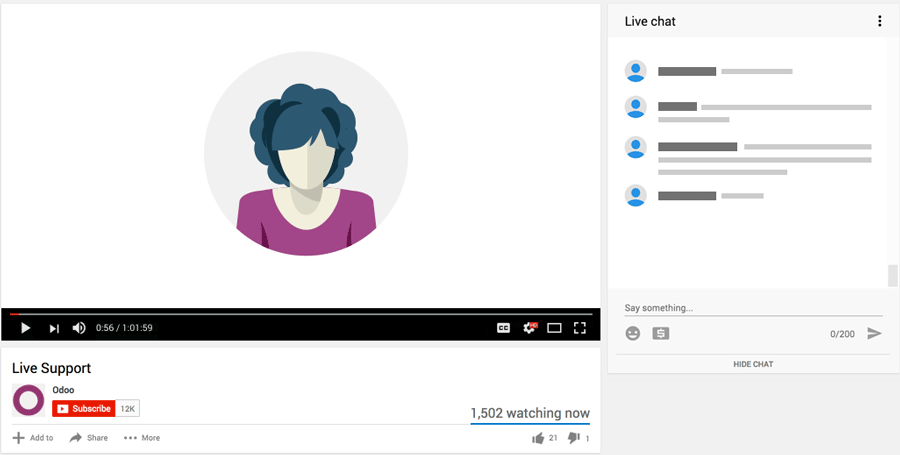Hello, let’s go step by step.
- Loading bank transactions into Odoo
This can be done in several ways:- Manual import of files (CSV, OFX, etc.)
- Direct bank synchronization (if supported)
- Manual entry of transactions
The method you choose only determines how transactions get into Odoo. For reconciliation, the important part is simply that all bank transactions are present in Odoo.
- What reconciliation means in Odoo
Reconciliation is the process of linking each bank transaction to the corresponding document(s) in Odoo.- Incoming payments from customers → matched to Customer Invoices
- Payments to suppliers → matched to Vendor Bills
- Other bank operations → matched to expenses, payroll, transfers, etc.
So for each reconciliation you need both sides: the Bank Transaction and the Invoice/Bill (or other accounting entry) it corresponds to. - Practical challenges
- Customer prepayments: these cannot be reconciled against a Customer Invoice if the goods/services haven’t yet been delivered. In this case, you use the Advance Payments mechanism.
- Loans, deposits, or other special cases: for such entries, you need an account with the option Allow Reconciliation enabled, so you can properly match those transactions later.
Best practice is always:
- Ensure bank transactions are loaded consistently (via sync or import).
- Reconcile regularly (daily or weekly).
- Use advance payments and dedicated accounts when invoices or bills are not yet available.
Good luck!
At ERPixel, we specialize in complex financial accounting in Odoo, including consolidating multiple legal entities into one company.
